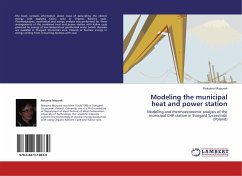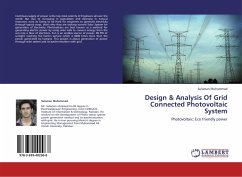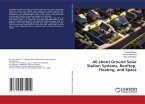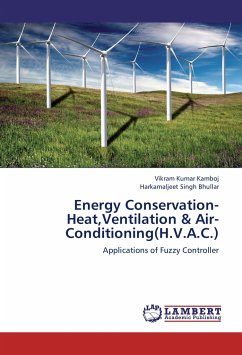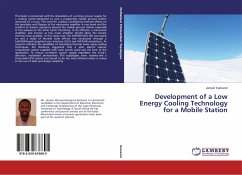An exergetic and thermo economic analysis of Harare Power Station, Zimbabwe was carried out. Harare Power Station is owned by Zimbabwe Power Company and has a total generating capacity of 135MW. However, its generating capacity has dropped to 20MW recently due to generating equipment breakdowns, coal shortage and the plant generating inefficiency. An energy analysis was done first. From the plant components that produced significant energy losses namely the turbine, condenser, high-pressure heater, superheaters and furnaces; the turbine followed by the condenser had the highest energy losses. The exergy analysis also detected that those components had the highest exergy destruction rates with the two furnaces destroying 82%.Harare Power Station sells its electricity to Zimbabwe Electricity and Distribution Company at $0.15/kWh. From the thermo economic analyses, Harare Power Station needs to sell its electricity at $0.56/kWh to break even. The boilers and turbine irreversibility costs reached enormous figures of $5037/h and $1024/h respectively. Recommendations were made to reduce the irreversibilities of the plant components especially in the boilers.
Bitte wählen Sie Ihr Anliegen aus.
Rechnungen
Retourenschein anfordern
Bestellstatus
Storno


